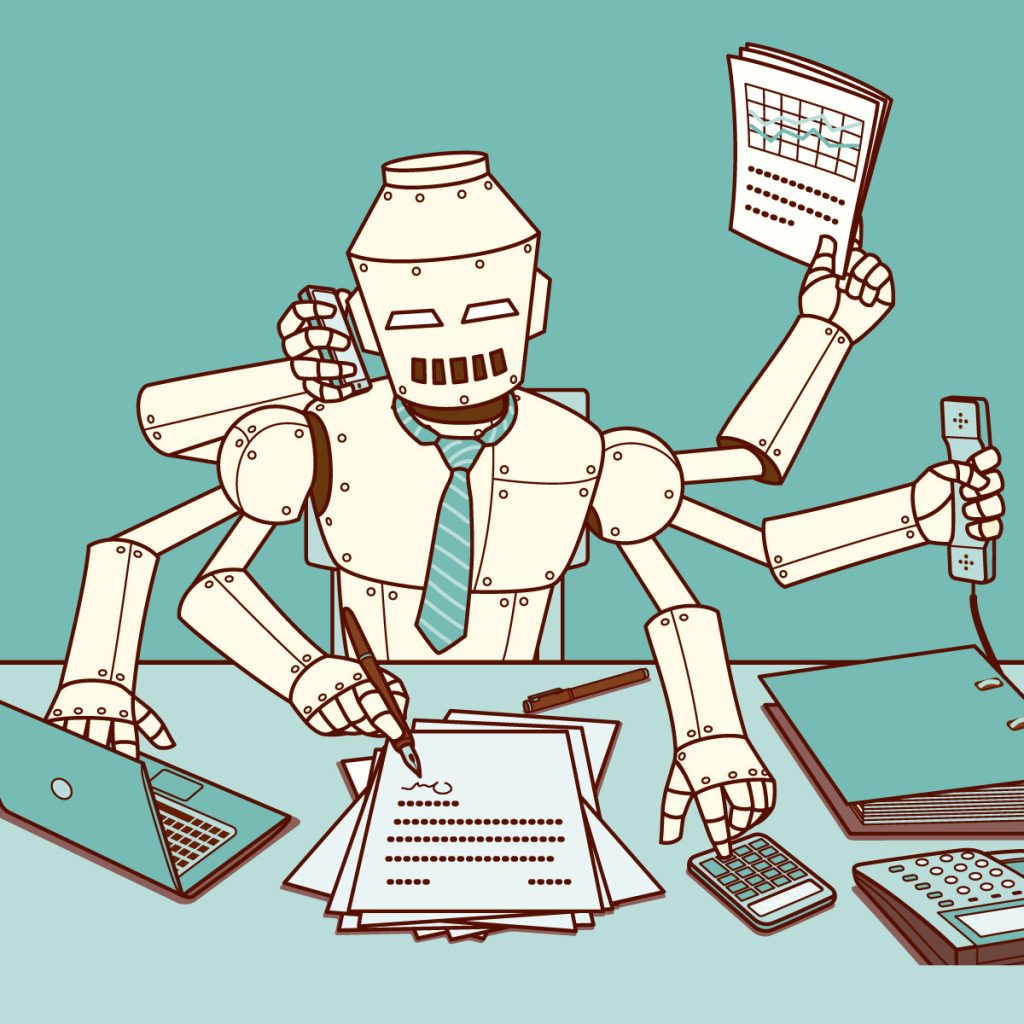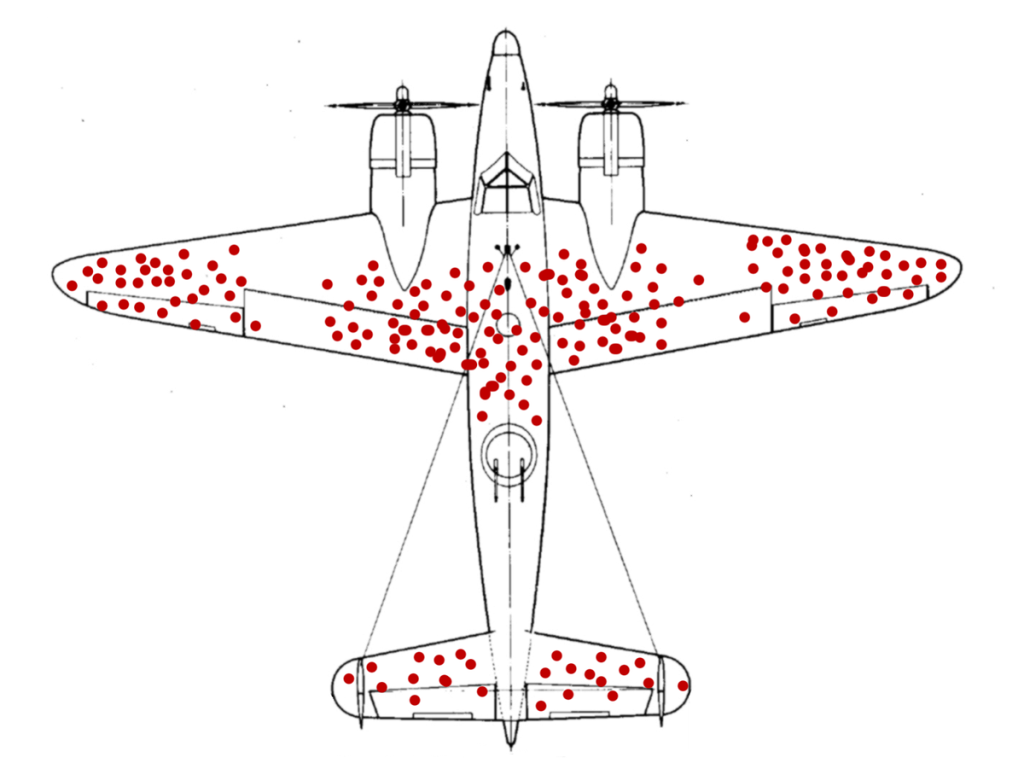
A Cyborg doing Human Labor. Source: Image from WordPress Images
Author Kaitlyn Murray
As our world becomes increasingly digital, our reliance on advanced technology grows. This shift has introduced a new era where the lines between human and machine labor are becoming increasingly blurred as conveniency becomes more favored. Traditionally, creative and intellectual work such as art, literature, music, and decision making were previously made by humans. However, with the public launch of OpenAI’s GPT series in November 2022, we’ve seen these boundaries begin to dissolve.
Open AI’s GPT series can generate text, music, and art that day by day become harder and harder to distinguish from work created by their human counterparts. Traditional human labor like using one’s intellect to make specific art choices to their painting, are now overlapping with user’s quick conveniency to type a quick description of what they want, and a return of quick art generated by AI that matches their request. Additionally, AI has been used to write symphonies as Composer Lucas Cantor used artificial intelligence to finish Franz Schubert’s Symphony No. 8, which the composer abandoned two centuries ago. These real-life scenarios challenge the cultural boundary that once separated human creativity and mechanical algorithms.
This blur of human and machine labor raises questions about the devaluing of human labor because why pay someone to do labor when you can have a machine do it for free? As well as resurfaces the idea that machines can now participate in and surpass human endeavors. As we advance with technology, it’s crucial that boundaries are put in place for how technology can be used and the polices enacted to protect the value of human labor in creative fields.
As AI continues to evolve, this boundary will continuously shift forcing society to reconsider the economical, philosophical, and cultural implications of machine participation in human domains. So, here’s a question to ponder: What are we doing now to preserve human creativity and labor? Machines have already replaced us physically in the factories, but what happens when they replace us intellectually in the workplace or even in government roles?
Works Cited:
Free AI Art Generator Online: Create AI art with text – Adobe Firefly. (n.d.). Www.adobe.com. https://www.adobe.com/products/firefly/features/ai-art-generator.html
Huawei used AI technology to complete Schubert’s unfinished symphony. (2019, April 9). CBC. https://www.cbc.ca/music/huawei-used-ai-technology-to-complete-schubert-s-unfinished-symphony-1.5063065


